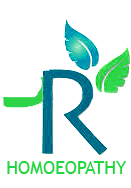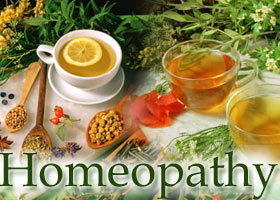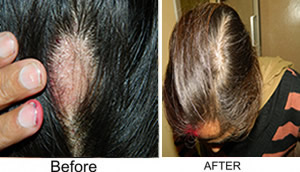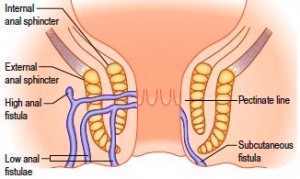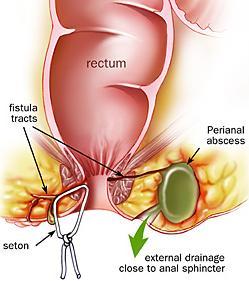Irritable bowel syndrome (IBS) is an immune system disorder of large intestine. IBS is not a disease. It is a term used to describe a group of symptoms that typically happen together. IBS also has been called functional bowel syndrome, irritable colon, spastic bowel, and spastic colon.
What are the symptoms of IBS?
Common symptoms of IBS include:
- Abdominal pain and cramping (this may go away after having a bowel movement)
- Bloating and gas
- Constipation – having fewer than three bowel movements a week. During a bowel movement, stools can be hard, dry, and small, making them difficult to pass. Some people find it painful and often have to strain to have a bowel movement
- Diarrhea – having loose, watery stools three or more times a day and feeling urgency to have a bowel movement.
- Alternating between constipation and diarrhea
- Feeling a strong urge to have a bowel movement
- Feeling like you still need to have a bowel movement after you’ve already had one
- Mucus in the stool
Symptoms are different for each person. You may have some or even all of the symptoms listed above. Most people have mild symptoms, but some people have severe symptoms that affect their day-to-day lives.
What causes IBS?
IBS is a immune system disorder which means it is caused by our own body through increasing inflammatory mediators in response to various trigger factor like
- Post infectious
- Anxiety, depression and panic disorder
- Weather change (as most of the allergic disorder increases when weather changes)
- Change in hormonal level or chemical system of our body due to overuse of hormonal drugs and antibiotics
- Mood change or hormonal change due to menstrual cycle
How to diagnose ?
If investigation like blood test, stool test, colonoscopy, sigmoidoscopy are fail to detect any pathological disease in the large intestine and rectum. You can say it might be from IBS.
what’s the role of homoeopathy?
Homoeopathy is very effective in this immune system disorder, medicines relieve the symptoms in few weeks but cure may take time.
Read More
